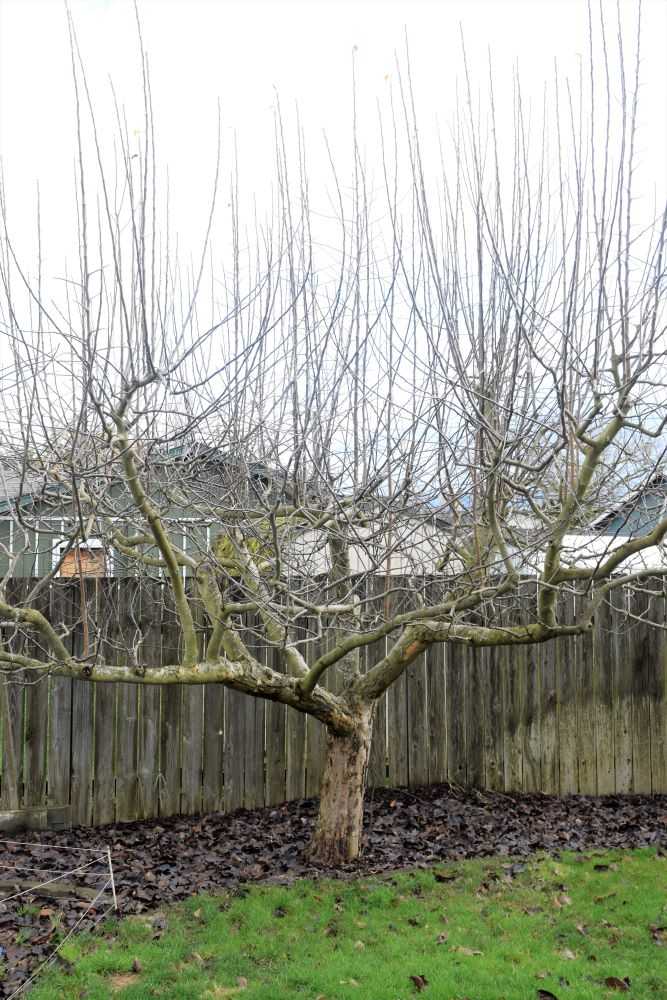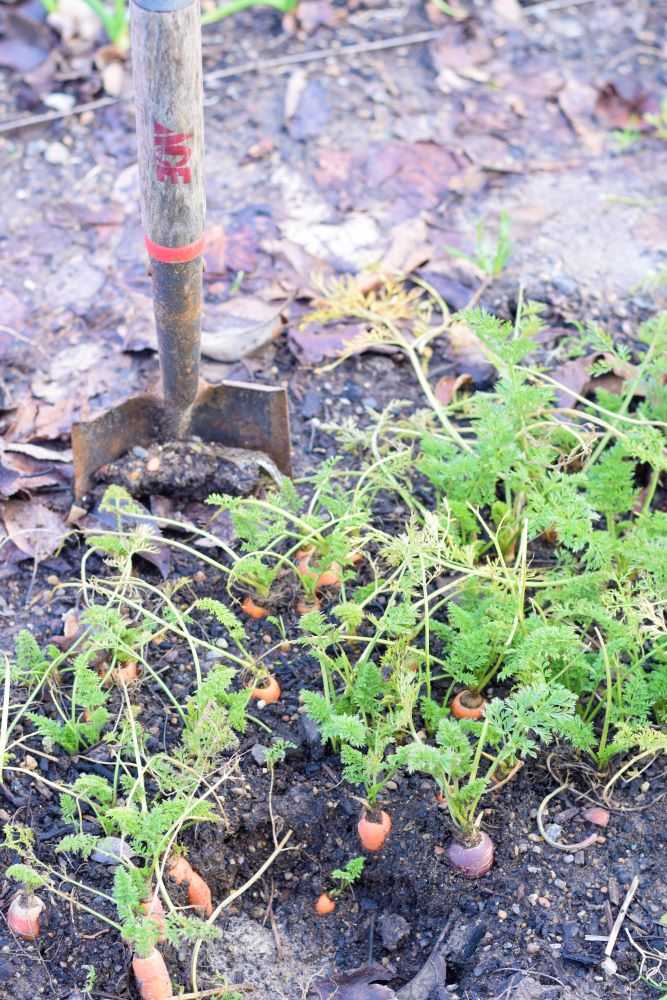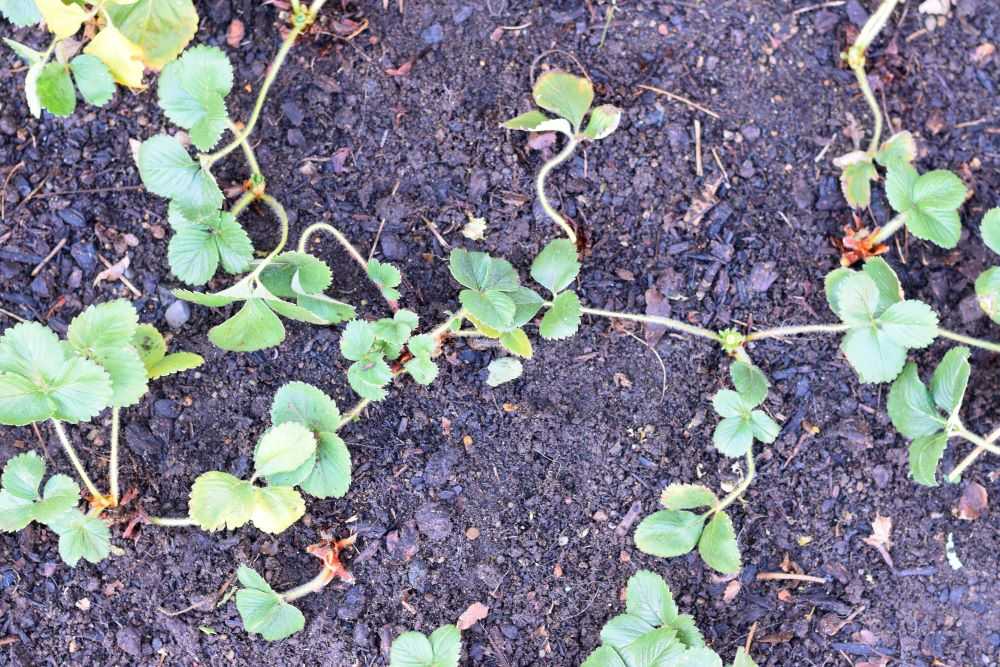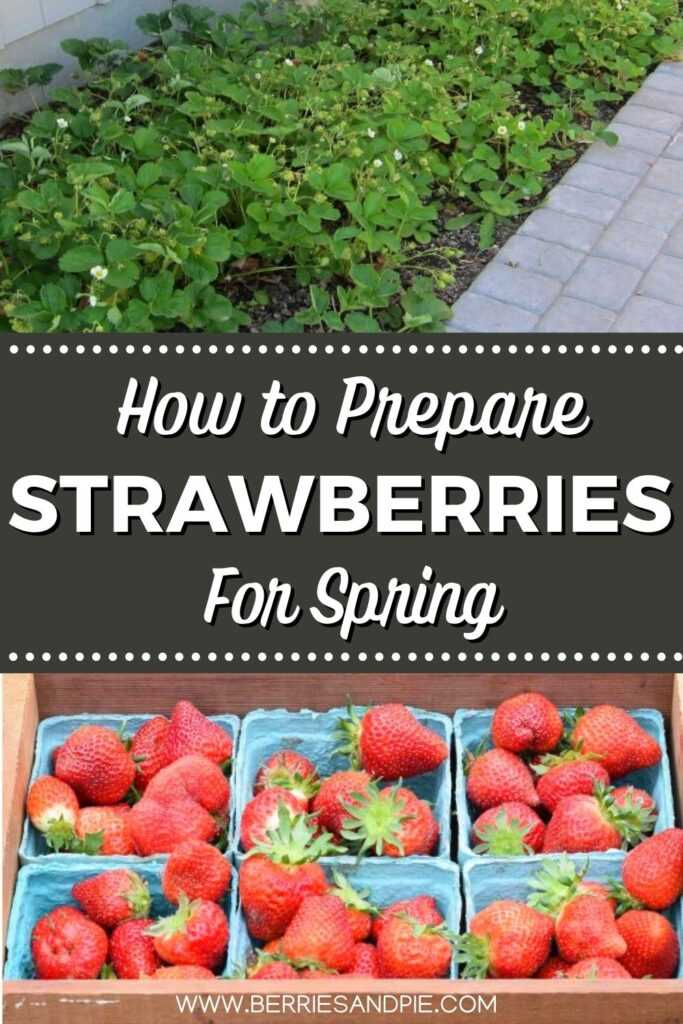The weather is cold but there is still plenty to do in the garden! Here are some tips and ideas for your garden this month.

The new year is here! Here in Oregon the weather is often very cold and wet in January which makes it difficult to get outside. Luckily there is still plenty to do indoors on these rainy days!
January is a great time to focus on planning, indoor projects, and maintenance tasks so you will be well prepared for the season ahead. The list below is based on my garden in zone 8, and you may need to adjust timing based on your specific climate and geographic location. Here are this month’s chores:
1. Build raised beds for next season
If you are wanting some new raised beds in your garden next year, now is the time to start building them! This way they will be finished and ready to plant in the spring.

2. Plan your vegetable garden for next year
Now is the time to start planning what you want to include in your garden next year! Plan to include vegetables that have done well in the past as well as some new varieties that you will like to try. Also include flowers such as marigolds to help attract bees and other beneficial insects to improve pollination.
I usually plan my garden on a piece of graph paper. I always work in pencil because my plans are sure to change! After you are done place it in a plastic page protector. This will help to keep it clean and dry when you take it outside to plant your garden in the spring.

3. Look through seed catalogs and order seeds
Nothing beats the winter doldrums better than getting a seed catalog in your mailbox! Many seed companies will send you a free catalog if you request one on their website.
My absolute favorite seed catalog is from Territorial Seed because they are located in Oregon where I live. They carry varieties that do well in my specific climate and I have had great success with seeds I have purchased from them. Other popular seed companies are Park Seed, Burpee Seed, Botanical Interests, and Johnny’s Selected Seeds.
Enjoy going through the catalog and dreaming about what seed varieties you want to try. Be sure to order early for the best selection.

4. Start a garden journal
Having a garden journal can help you stay organized throughout the season. Keep your garden plan, plant tags, and empty seed packets so you know what you planted this year. Also keep a list of planting dates, harvest logs, and other notes that you can refer back to. Next year you can look back at what went well and what you learned.
Start a garden journal by finding a notebook that you like. I like to use a 3-ring binder so I can easily add and remove pages. Record whatever information you find the most useful. Use dividers to help keep everything organized.

5. Clean and sharpen gardening tools
Now is a great time to clean and sharpen your garden tools so they are ready for the season ahead. Proper care and maintenance will help your tools last longer and function better.
Clean your tools in soapy water and soak in vinegar to remove rust. Also sharpen your pruners, loppers, and shears. Make sure to store your tools in a clean, dry place.
Related Post: How to easily clean rusty pruners

6. Start pruning fruit trees while dormant
Regular yearly pruning will help develop a strong structure so your trees can handle the load of heavy fruit. It will also help to keep the trees healthy and improve fruit quality.
The best time to prune fruit trees is in the winter months when they are dormant. Winter pruning is easier on the tree and also easier for you because you can better see the framework of the tree without the all the leaves in the way. Pruning fruit trees can be a big job, depending on how many fruit trees you have. Start early and try to finish before the buds begin to break in the spring.

7. Harvest vegetables from your winter garden
If you have any vegetables in your winter garden continue to harvest them throughout the season as needed. Carrots, onions, beets, turnips, and other root crops can be stored in the ground and harvested throughout the winter as long as the ground temperature stays above 20-25 degrees or so. The tops will die back but the roots will be crunchy and sweet. Make sure to dig all your root crops before spring because the quality will start to decline when growth begins again.

Final Thoughts
Hope you find some time to get in the garden this month! Print the checklist below to help keep you on track. There are also some blank areas so you can add your own items to the list. Happy gardening!
Free Printables:
January Garden Checklist (color version)


You may also like:














